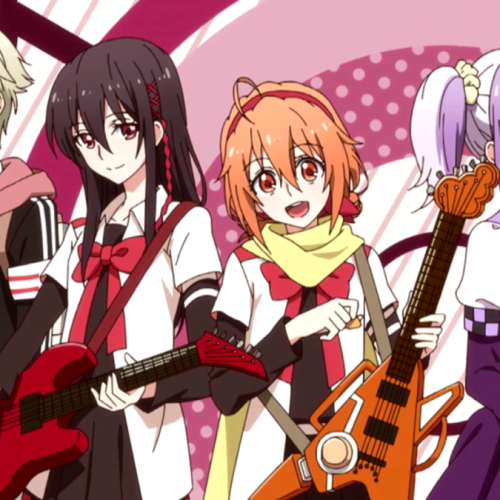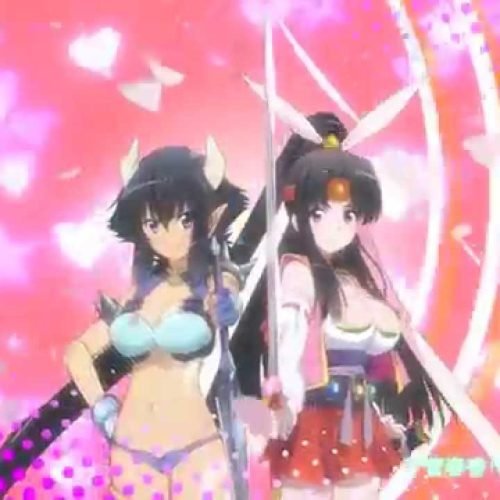Download Pluto
Introduction
Pluto is a popular manga series created by Naoki Urasawa, based on Osamu Tezuka’s story Astro Boy “Earth’s Biggest Robot”. Urasava’s adaptation reimagines the current story as a modern thriller that combines science fiction, mystery and an in-depth exploration of man and robot. Airing from 2003 to 2009, Pluto was widely praised for its complex storytelling, dramatic growth and philosophical themes. With its upcoming appearance, Pluto continues to capture the attention of audiences around the world. In this blog, we’ll delve deeper into Pluto’s story, characters, themes, and effects, and highlight why it remains a masterpiece in the world of gaming and animation.
Story
The plot of “Pluto” takes place in a future world where robots and humans have artificial intelligence, which erases the boundaries between humans and machines. The story follows Gesicht, a robot detective working for Europol, as he investigates a mysterious murder involving the world’s most powerful robots and an important human rights robot. As the investigation unfolds, Gesicht discovers a conspiracy that threatens not only the robots, but society as well.
The series is reminiscent of the “World’s Greatest Robot” plot from Tezuka’s Astro Boy, but Urasawa adds a lot of psychological depth, making the story fun to explore. Pluto explores themes of consciousness, ethics, and the nature of consciousness, making it an engaging story that resonates with readers on many levels.
Main Characters
- Gesicht: The protagonist, Gesicht, is a robot detective with the ability to experience human emotions. His investigation into the murders forces him to confront his own identity and the ethical dilemmas surrounding artificial intelligence.
- Atom: Also known as Astro Boy, Atom is one of the most advanced robots in the world, embodying innocence and a strong sense of justice. He plays a central role in the story, representing the ideal of coexistence between humans and robots.
- Brau 1589: A former robot accused of murder, Brau 1589 provides crucial insights into the investigation, though his motives and loyalty remain ambiguous.
- Dr. Tenma: The creator of Atom and a key figure in the development of advanced robotics, Dr. Tenma’s past actions and complex relationship with his creations add depth to the narrative.
- Epsilon: A pacifist robot with the ability to control electromagnetic waves, Epsilon is one of the most powerful robots targeted by the mysterious killer. His compassion and dedication to protecting others make him a standout character.
Background Information
- Creator: “Pluto” was written by Naoki Urasawa, known for his masterful storytelling in works like “Monster” and “20th Century Boys.” The series is based on Osamu Tezuka’s “The Greatest Robot on Earth” arc from “Astro Boy.”
- Source Material: The manga reinterprets Tezuka’s original work, transforming it into a darker, more mature narrative while maintaining the core themes of human-robot relationships.
- Release Dates: “Pluto” was serialized from 2003 to 2009 in Big Comic Original magazine, and it has been collected in eight volumes.
- Genre:
- Science Fiction: Set in a world where advanced robotics and AI are central, “Pluto” explores futuristic technology and its impact on society.
- Mystery: The series is a detective story at its core, with intricate plot twists and suspenseful investigations.
- Psychological Thriller: “Pluto” delves into the minds of its characters, both human and robot, exploring themes of identity, morality, and the nature of existence.
- Drama: The emotional depth of “Pluto” sets it apart, as it tackles profound questions about life, death, and what it means to be human.
Theme
- Self-Awareness and Mindfulness: “Pluto” raises questions about what it means to live and experience oneself. The robots in the story have emotions and memories that challenge traditional boundaries between humans and machines.
- Ethics and morality: This film explores the ethics of creating thinkers and the responsibilities that come with them. It also explores the dark side of human nature, including the potential for hatred and violence.
- Coexistence: The central theme of “Pluto” is the ability of humans and robots to live in harmony. This story shows the importance of understanding and understanding in connecting different lifestyles.
- War and Peace: This series depicts the great war between humans and robots and the difficulties of maintaining peace in a world dominated by fear and suspicion.
Visual and Animation
- Art style: Urasawa’s art is detailed and realistic, focusing on expressive characters and environments. The creation of robots and futuristic cities contribute to the series’ developed world.
- Character Design: The characters are visually distinct, with designs that reveal their personalities and inner struggles. Robots in particular are given human-like characteristics that appeal to their deep emotions.
- Atmosphere: The comic book art creates a tense and suspenseful atmosphere that reflects the tone of the story. The use of shadows and contrast creates a sense of mystery and intrigue.
Sound and music (animated adaptation)
- Music: Although the animated adaptation has not yet been released, it needs to have music that complements the dark and emotional content of the series. Music can enhance the emotion of a story and add depth to key moments.
- Voice acting: The anime will showcase the ability of voice to bring complex characters to life. Drama is important in conveying the emotional intensity of the narrative.
Review
Pluto has been praised for its complex storylines, rich character development, and exploration of complex themes. A rare comic that successfully combines suspense with philosophical questions, it’s a must-read for science fiction and fantasy fans. Urasawa reinterpreted Osamu Tezuka’s classic work, adding his own unique style, placing Pluto among the best comics of all time.






















